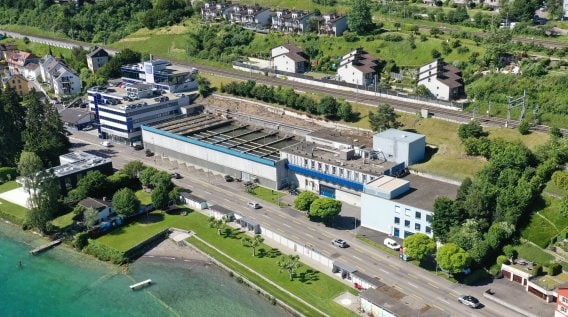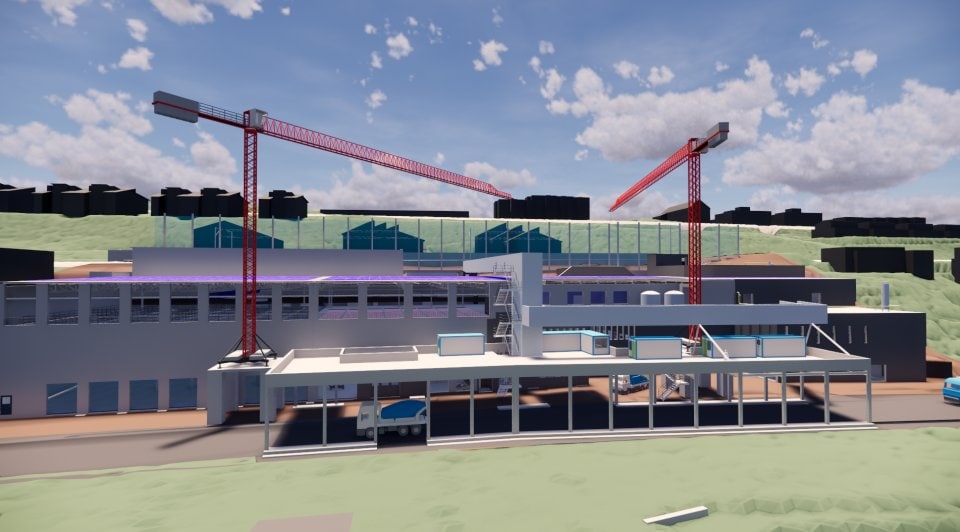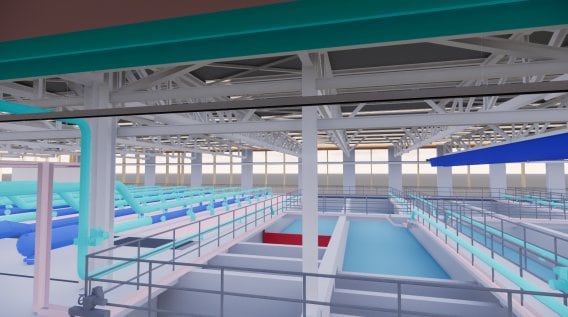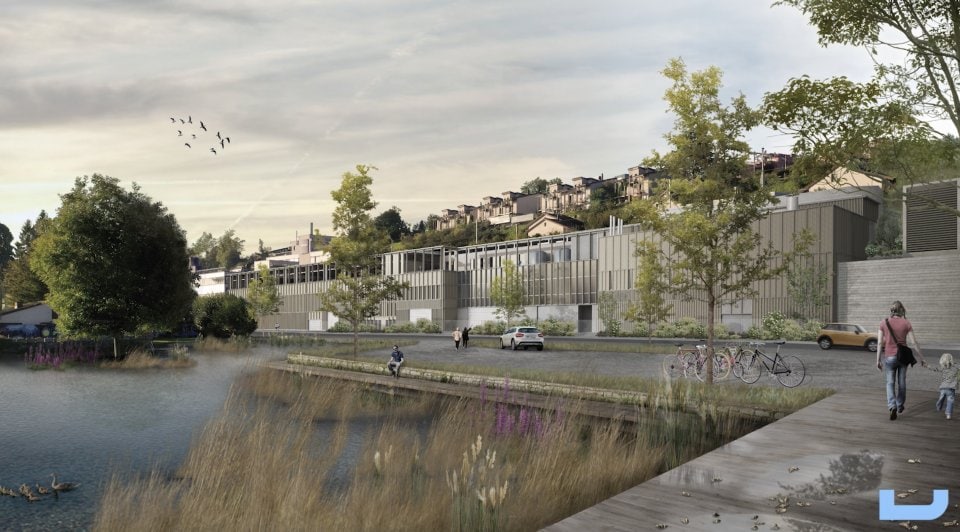Using digital planning tools, the engineers at Hunziker Betatech succeeded in overcoming the technically demanding challenges: limited building space, increased output, reconstruction during operation, new environmental laws, and sustainable infrastructure construction.
The newly applied membrane process allows for a very compact design with more purification capacity; instead of the usual 54 square meters per resident, the space requirement has fallen to 19 square meters per resident.
The filtration unit was modernized to up to 0.04 µm which will be able to remove viruses from wastewater in the future. In addition, over 80 percent of organic trace substances can be eliminated with powdered-activated carbon direct dosing (fourth purification stage).




